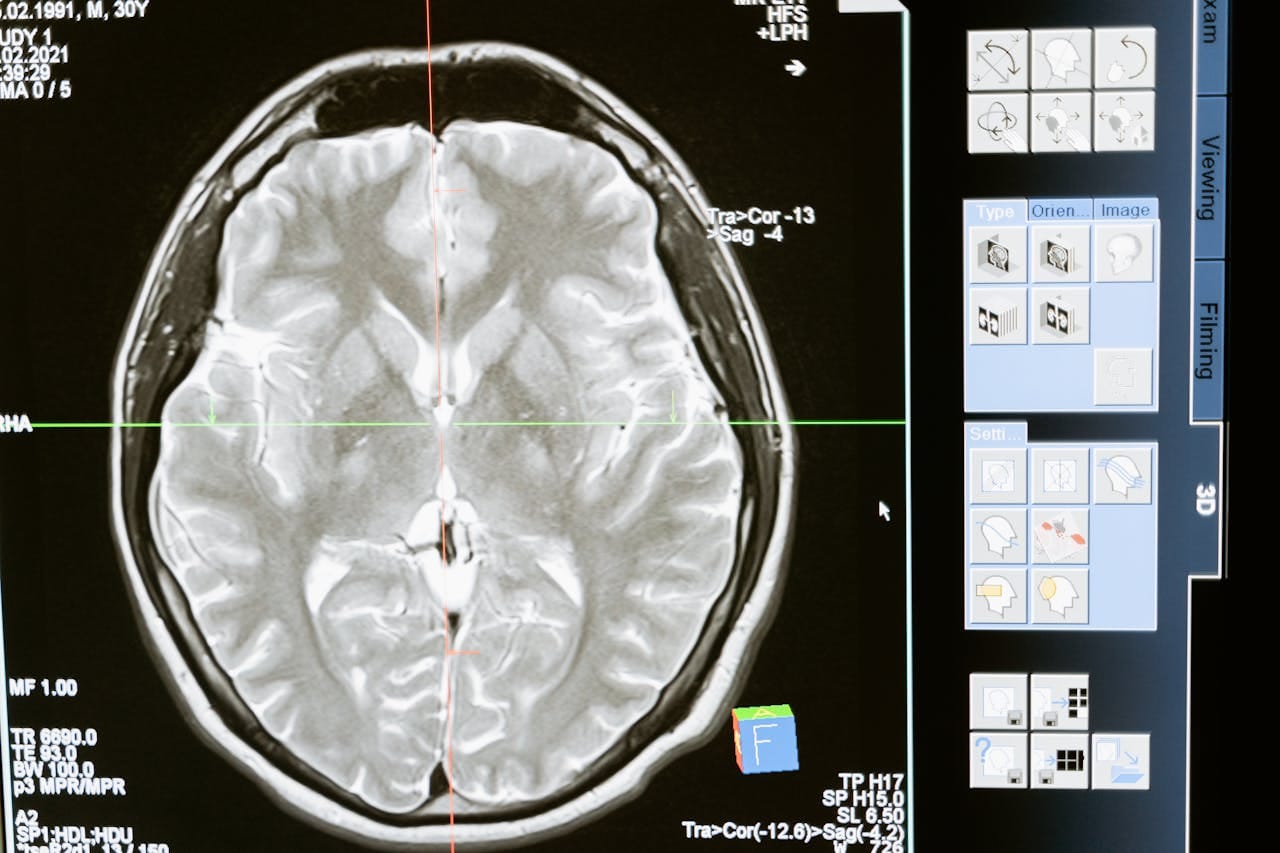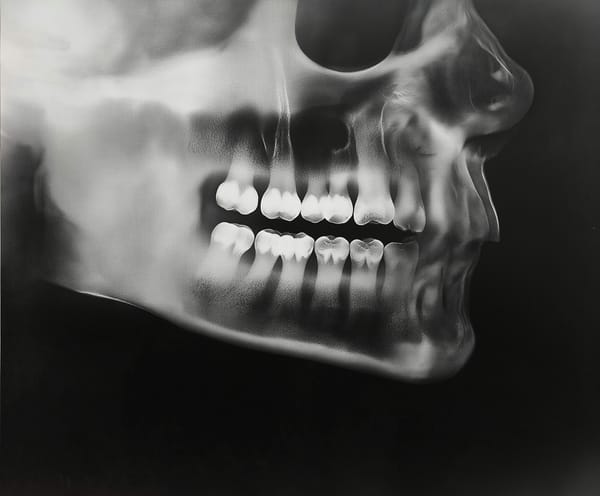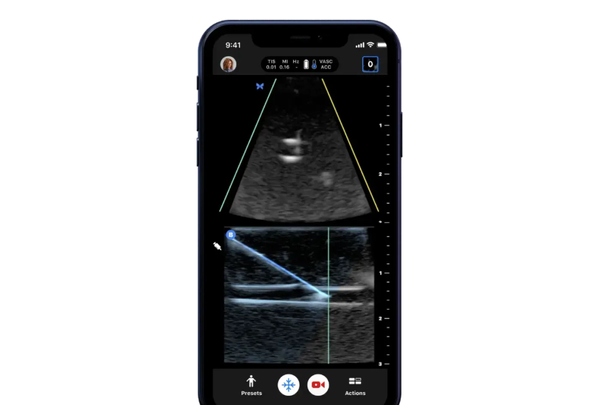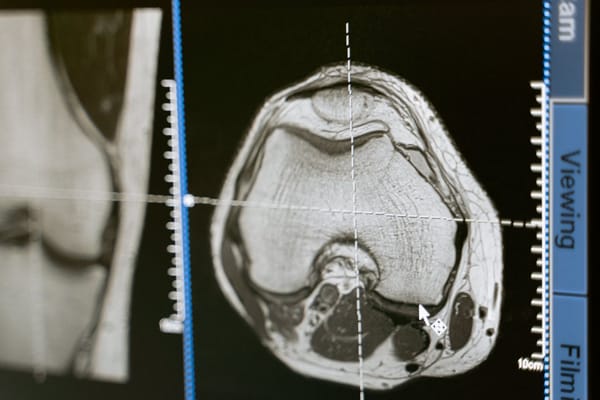Benefits of Monochrome LCD Screens and Their Use in Medical Imaging
Table of Content
With rising expenses and constant budget constraints in the healthcare sector, cost efficiency is becoming a top priority, and finding affordable yet effective solutions is more vital than ever. One such solution lies in the use of monochrome LCD screens. These screens reduce costs but maintain the high quality necessary for accurate diagnostics.
In this blog post, we'll explore how they offer a perfect balance of affordability and performance, which makes them an ideal choice for modern medical imaging.
Monochrome LCD Technology
Monochrome LCDs rely on varying shades of a single color (usually black or white) to produce images that achieve higher contrast ratios and greater clarity, essential for detailed medical imaging.
This makes it easier to distinguish fine details in medical images which is particularly important in diagnostic procedures where subtle differences in shades can indicate the presence of abnormalities.
Additionally, monochrome screens generally consume less power and have fewer components compared to their color counterparts, making them more energy-efficient and durable, thus contributing to their cost-effectiveness.
Cost-Efficiency in Medical Imaging
They are generally less expensive to produce and purchase. This cost advantage stems from their simpler design and required manufacturing process since they do not need the complex color filters and additional circuitry that color displays require. For healthcare facilities operating under tight budgets, the reduced initial investment is very important as it allows for the transfer of funds to other critical areas.
These screens are durable and reliable, which leads to lower maintenance costs over time. Their simpler design means fewer components can fail or degrade, resulting in fewer repairs and replacements.
Monochrome LCDs are also less prone to pixel burnout or color fading, reducing the frequency of replacements, and healthcare facilities can safely rely on these displays for extended periods without the need for frequent upgrades.
Enhanced Diagnostic Accuracy
High Contrast Ratios
One of the biggest benefits of monochrome LCD screens in the medical field is their capability to offer high contrast ratios. This improves the visibility of subtle differences in medical images. Consequently, it becomes much easier and simpler to identify irregularities like tumors, microcalcifications in mammograms, or slight changes in tissue density.
Resolution and Clarity
Resolution and clarity are also crucial in diagnostic imaging, where even the smallest detail can be critical. High-resolution displays ensure that every pixel contributes to the overall image quality, allowing medical professionals to examine detailed structures with precision.
Applications in Various Medical Devices
Radiology
They are indispensable in radiology, particularly in X-ray, MRI, and CT scan machines. These devices rely on high-contrast, high-resolution displays to produce detailed images, and monochrome LCDs provide the necessary clarity to distinguish between subtle differences in tissue density and structure, which is vital for identifying fractures, tumors, and other anomalies. The improved image quality helps radiologists interpret results accurately resulting in better diagnoses and improved patient outcomes.
Mammography
In mammography, they play a crucial role in the early detection of breast cancer. The high contrast allows for the clear identification of microcalcifications, which are tiny deposits of calcium that can indicate the presence of early-stage breast cancer. Detecting these small details is very important for diagnosing cancer at a stage when it is most treatable.
Ultrasound Machines
Ultrasound technology depends on the immediate and accurate display of internal body structures to guide medical professionals during procedures and diagnostics. Monochrome LCDs offer the necessary resolution and clarity to ensure that the images produced are of high quality and easy to interpret.
Benefits for Medical Professionals
Radiologists and other specialists often spend long hours analyzing images, which can lead to eye fatigue and strain when using conventional color displays. Monochrome screens provide a more comfortable viewing experience. This reduction in eye strain can lead to fewer errors, better diagnostic accuracy, and improved overall job satisfaction for medical professionals.
With clearer images, doctors can spend less time straining to identify critical details and more time focusing on patients. This improved efficiency speeds up the diagnostic process and allows for a higher volume of patients to be seen without compromising the quality of care. In high-stakes environments such as emergency rooms or intensive care units, the ability to make rapid and accurate assessments can be lifesaving.
Integration with Modern Medical Systems
PACS and Telemedicine
Monochrome LCDs are seamlessly integrated with Picture Archiving and Communication Systems (PACS) and telemedicine platforms. PACS is crucial for storing, retrieving, and sharing medical images within healthcare facilities, and monochrome displays provide the high-resolution, high-contrast images necessary for accurate diagnostics.
In telemedicine, clear and precise imaging is essential for remote consultations and diagnoses. Transmitted images retain their quality, allowing healthcare providers to make informed decisions even from a distance.
Future-Proofing
As the demand for higher resolution and more detailed imaging grows, monochrome LCDs can continue to evolve by incorporating new technologies that enhance their performance. This adaptability will ensure that they remain relevant and useful as medical imaging standards advance.
Innovations such as higher pixel densities, improved contrast ratios, and integration with artificial intelligence for enhanced image analysis are all on the horizon, making monochrome screens a future-proof investment for healthcare facilities.
Environmental and Energy Benefits
These LCD screens are known for their durability and long lifespan, which contribute to sustainability in the medical industry. This means they are less likely to require frequent replacements, leading to reduced electronic waste.
By investing in hardy, long-lasting equipment, hospitals can minimize their environmental impact and promote sustainable practices. The longevity of monochrome screens ensures that they remain functional and reliable for extended periods, further enhancing their value as a sustainable medical imaging solution.
In Conclusion
Monochrome LCD screens offer numerous benefits for medical imaging. Their lower initial costs, reduced maintenance needs, and energy efficiency make them a cost-effective choice for healthcare facilities. Additionally, their high contrast and resolution improve diagnostic capabilities, while their integration with modern medical systems ensures consistent image quality.
As technology continues to advance, they will likely play an even more crucial role in medical imaging. Healthcare facilities looking to optimize their resources without compromising on quality should definitely consider incorporating monochrome LCDs into their imaging equipment to enhance patient care and operational efficiency.










